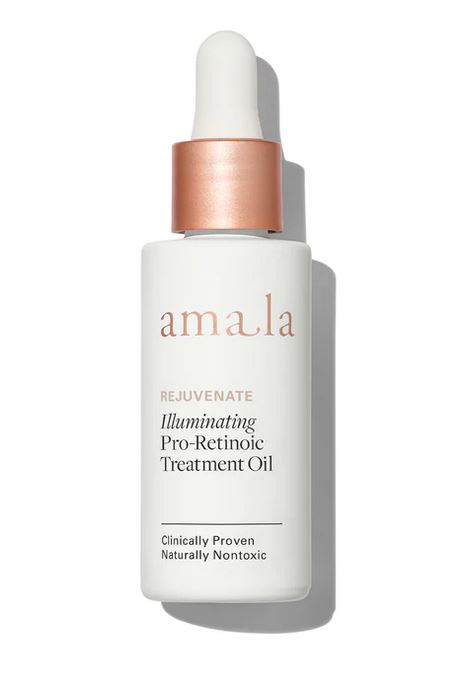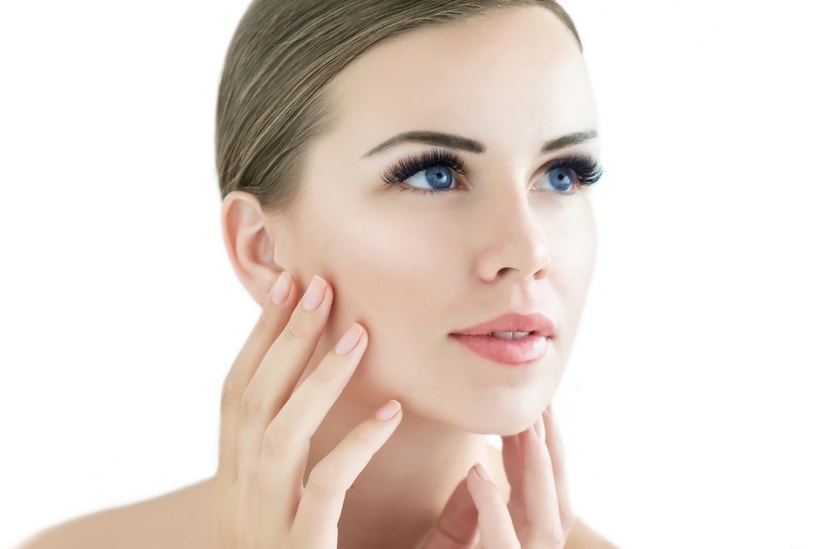Contrary to popular belief, ‘bad skin’ makeup is by no means created equal. In recent times, entire skin care lines have even evolved that offer special TLC for troubled skin. Despite many commonalities, ‘non comodegenic’, ‘hypoallergenic’, and ‘non acnegenic’ are far from fungible cosmetic concepts. Interchangeable usage of the three terms is quite common – and very incorrect.
What is hypoallergenic makeup?
‘Hypo’ is a common lexis prefix that indicates ‘less than’ or ‘below’ the concept or idea represented by whatever term immediately follows it. Hence, hypoallergenic cosmetics have low levels or a complete absence of common allergy causing compounds.
Instead of highly specific chemical formulations intended for particular skin disorder(s), hypoallergenic makeup is a general solution that is less irritating for all users with sensitive or delicate skin. As the following discussion illustrates, both non-comedogenic and non-acnegenic cosmetics could be considered as hypoallergenic sub-categories.

What is non comedogenic makeup?
‘Comedone’ is the medical term for ‘blackhead’ and the lexis origin of the ‘non comedogenic’ cosmetic label. Also called ‘non-occlusive makeup’, non comedogenic innovations are designed for non-invasive skin penetration. Bypassing direct pore entry is believed to prevent blackhead breakouts by eliminating any possible blockage thereof.
The non comedogenic title appeals to most makeup distributors due to its high-sounding scientific implications. To date, no official or totally objective clinical trials have been conducted to investigate non comedogenic makeup manufacturers claims, however.
Nonetheless, a large body of anecdotal evidence lends credence to claims that non-comedogenic cosmetics are beneficial for women wanting to improve their looks. This is only logical, as blocked pores are proven facial acne producers – especially for the acne-prone. Many non-comedogenic lotions, oils, and creams even create skin irritation and rashes because of their high vitamin A (retinol) or salicylic and citrus acid content, however.
What is non acnegenic makeup?
As the name implies, non acnegenic cosmetics contain no known acne-causing compounds. Acne exacerbation caused by cosmetics application to affected skin area(s) is called ‘acne cosmetica’. The term is derived from a once-popular dermatological theory that chemically induced skin pore blockage was the main mechanism of acne development.
Modern technological chemistry advances have made acne cosmetia very rare. Despite much safer contemporary makeup reformulations, a widespread public misperception that cosmetic use causes acne still persists. Much more likely culprits conclusively identified of late, however, include cosmetic abuse such as leaving makeup on overnight.
Specialized ingredients that fully penetrate the skin are the main beneficial aspects of non acnegenic cosmetics. This is in direct contrast to non-comedogenic counterparts, which safeguard vulnerable pore openings from various bacterial invasions by forming a protective barrier upon the skin.
Acne-prone women are well advised to utilize non acnegenic cosmetics exclusively – especially sunscreens and skin moisturizers.
Mineral makeup
Mineral-based cosmetics were first introduced in 1989 via the popular television-shopping network, QVC. The product developer’s entire inventory sold out almost immediately after this initial broadcast debut. As success always attracts immense mimicry and intense competition, mineral makeup lines began proliferating cosmetic landscapes – literally overnight.
Mineral makeup’s main claim to fame is an ingredient base that is devoid of not only deleterious artificial additives but also delivers vital nutrients to the users skin directly from Mother Nature.
Given the overall greater trend toward health-conscious and growing consumer awareness of the substances they ingest via any means, it is no wonder why many contemporary advertisers claim to offer the best mineral makeup. Numerous mineral cosmetics are currently available. Many new ones are introduced almost daily. Just check the Christie Brinkley Skin Care Line Alternative.
Overall observations and conclusions
To date, no US Food and Drug Administration (FDA) empirical data has been developed to support or refute non-comedogenic cosmetic makers claims. Nor does any universal industry standard or precise medical definition of hypoallergenic makeup currently exist.
The Campaign for Safe Cosmetics is a new nonprofit organization that represents an industry-wide attempt to fill this consumer protection void via implementing standardized quality control protocols. Member cosmetic firms must adhere to a comprehensive set of criteria designed to further this agenda. For more information, visit http://safecosmetics.org/.


